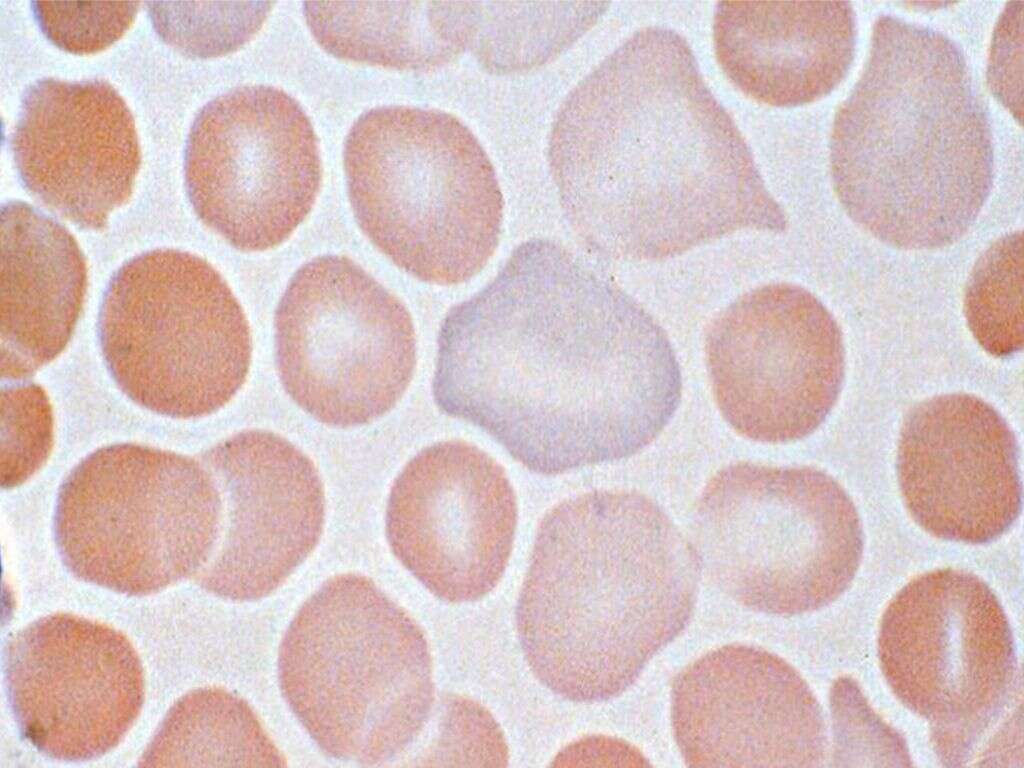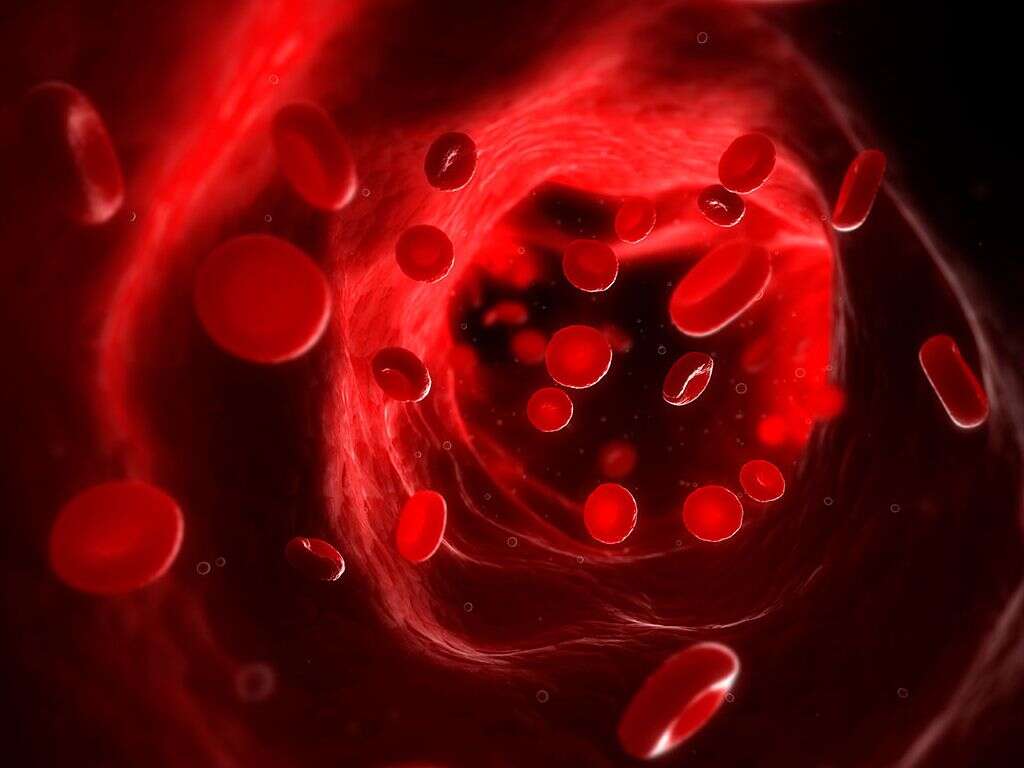Anemia Causes, Symptoms & More
 Article Sources
Article Sources
- 1. 'Anemia.' Mayo Clinic, Mayo Foundation for Medical Education and Research, 16 Aug. 2019, www.mayoclinic.org/diseases-conditions/anemia/symptoms-causes/syc-20351360.
- 2. 'Anemia.' National Heart Lung and Blood Institute, U.S. Department of Health and Human Services, www.nhlbi.nih.gov/health-topics/anemia.
- 3. 'Five Common Symptoms of an Iron Deficiency.' Piedmont Healthcare, www.piedmont.org/living-better/5-symptoms-of-an-iron-deficiency.
- 4. 'BLOOD DISORDERS: ANEMIA.' Phlbi.org, www.phlbi.org/divisions/blood-disorders/anemia.
Anemia is the result of the body not having enough healthy red blood cells. Red blood cells are responsible for carrying oxygen to tissues throughout the body. When the tissues don't get enough oxygen, a person can experience a wide range of symptoms.1‘Anemia.’ Mayo Clinic, Mayo Foundation for Medical Education and Research, 16 Aug. 2019, www.mayoclinic.org/diseases-conditions/anemia/symptoms-causes/syc-20351360.
These symptoms range from a persistent feeling of fatigue to shortness of breath and more. They can greatly disrupt a person's quality of life and inhibit their ability to perform basic daily tasks. Thankfully, these sometimes debilitating symptoms begin to clear up shortly after treatment begins.

1. Feeling Fatigued
Feeling fatigued is often one of the first and most commonly overlooked signs of anemia. This feeling of fatigue is different than being tired after a long day of getting things done. With this type of fatigue, people feel tired no matter how long they sleep or how much caffeine they ingest.
The fatigue felt early on only gets worse if the underlying anemia isn't treated. It can severely disrupt a person's life because it makes it difficult to find energy for even the smallest of tasks. This fatigue generally improves shortly after treatment begins.

2. Weakness
Hemoglobin is the medical term for the iron-rich protein that helps deliver fresh oxygen to tissues throughout the body. In anemia, poorly oxygenated tissues can't perform as well as they would under normal conditions. This can cause muscle weakness or shakiness, which generally presents alongside fatigue.2‘Anemia.’ National Heart Lung and Blood Institute, U.S. Department of Health and Human Services, www.nhlbi.nih.gov/health-topics/anemia.
Weakness can also be caused by other conditions. Doctors can determine whether the weakness is caused by anemia through a simple blood test.
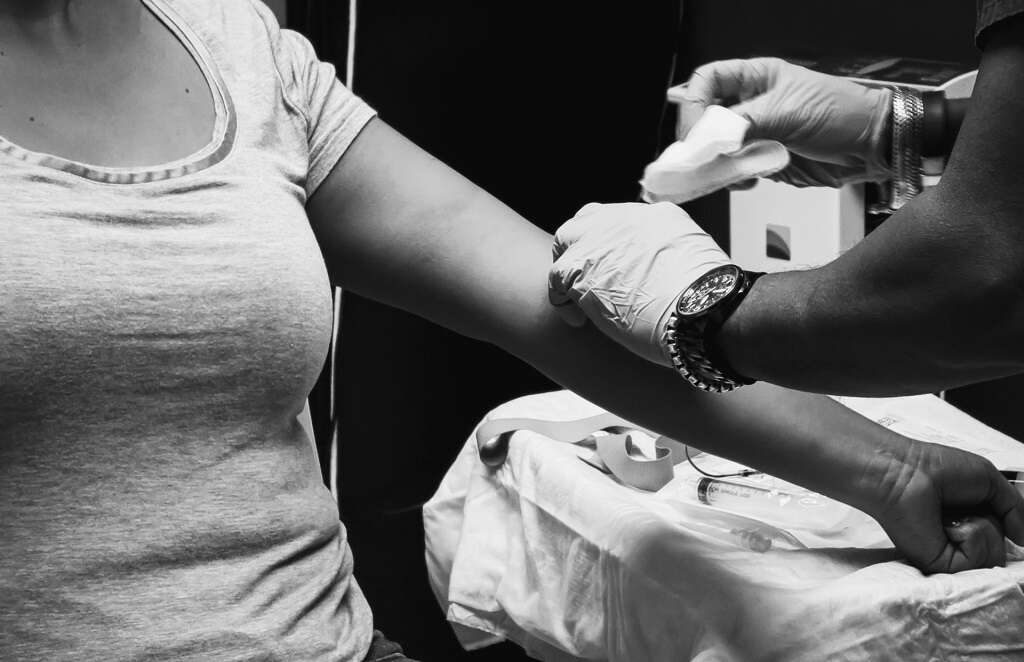
3. Irregular Heartbeats and Chest Pain
The heart pumps blood throughout the body and is essential in the task of providing oxygen to tissues. Many people with moderate to severe anemia develop irregular heartbeats and chest pain.
When there isn't enough oxygen in the bloodstream, the heart works harder, even while at rest. Any time a person experiences chest pain or irregular heartbeats, they should consult with a doctor, and individuals who feel faint or have severe chest pain should seek emergency medical attention.
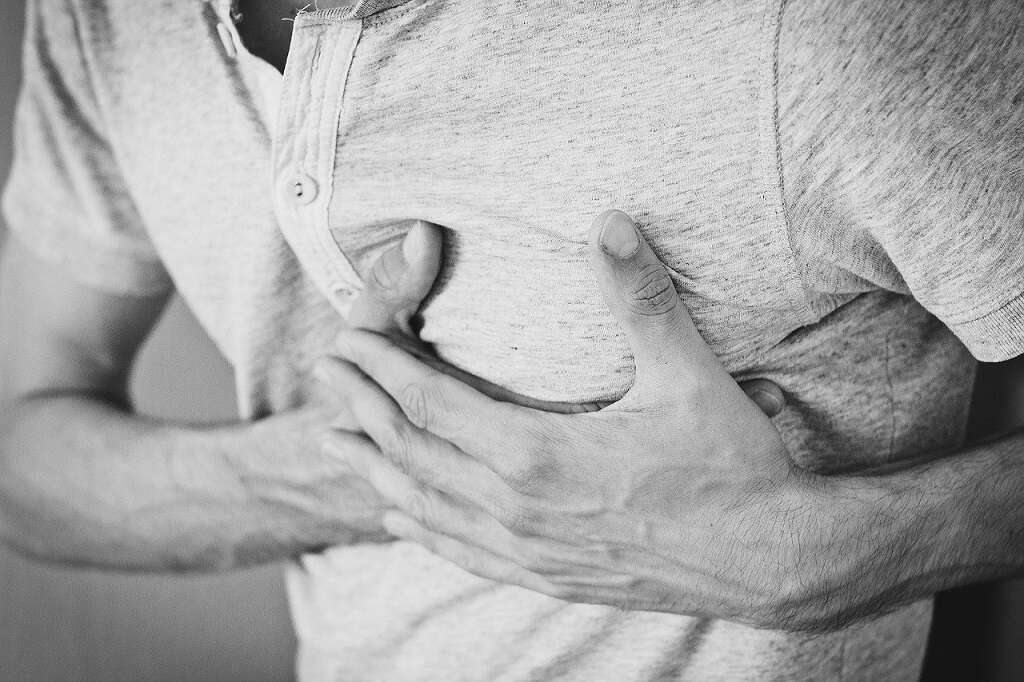
4. Shortness of Breath
Feeling out of breath after the smallest of exertions could be a symptom of anemia. In severe cases, shortness of breath can be so bad that it causes dizziness or fainting spells.
The body needs oxygen to move and thrive. The oxygen inhaled through the lungs travels to other parts of the body, such as the muscles and vital organs. When a person doesn't have enough hemoglobin to transport this oxygen, their lungs need to work harder to make up for it.

5. Pallor
A person who is very pale or paler than normal may not be getting enough oxygen to their skin. One of tissues that hemoglobin helps transport oxygen to is the skin.
People with anemia may also have other issues with their skin. They may have dark circles under the eyes that don't go away with rest or slow-healing wounds. Their skin may be too dry or have an overproduction of sebum, leading to acne.

6. Cold Hands and Feet
Hands and feet that are always cold could be the result of iron deficiency anemia. The lack of warmth directly correlates to poor circulation. Without enough oxygen-rich blood being transported to the extremities, they can't stay warm.3‘Five Common Symptoms of an Iron Deficiency.’ Piedmont Healthcare, www.piedmont.org/living-better/5-symptoms-of-an-iron-deficiency.
The hands and feet are among the last body parts to be prioritized by the circulatory system, which is why people with severe illnesses may experience anemia and feel extreme cold in their hands and feet.

7. Poor Diet Can Be a Cause
There are many reasons why a person may become anemic. A poor diet could be to blame because people get most of their nutrients through their food.
Eating foods rich in iron can help remedy the situation if a poor diet is to blame for anemia. Red meat and beans are great choices for protein and iron. Other foods rich in iron include dark green vegetables, iron-fortified cereals and dried fruit. Anemia can also be caused by folate or vitamin B 12 deficiency.

8. Genetics Could Play a Role
Many people inherit the tendency to become anemic through genetics. People with a direct relative who had anemia are at a higher risk of developing it themselves. There are several ways anemia runs through family lines.
Some forms of anemia are genetic in nature, such as sickle cell and aplastic anemia. Others can develop because of an inability to properly absorb the nutrients in foods, and this can also be passed down from parent to child.

9. Comorbid Disorders Could Be to Blame
The term comorbid disorders refers to two or more illnesses or diseases being experienced at the same time. Many times, one disorder is caused by the other, as is often the case with anemia.4‘BLOOD DISORDERS: ANEMIA.’ Phlbi.org, www.phlbi.org/divisions/blood-disorders/anemia.
People who have gone through chemotherapy or chronic blood loss are at a high risk of anemia. Individuals with diseases, such as Celiac Disease, that affect the body's ability to absorb nutrients are also at a higher risk.
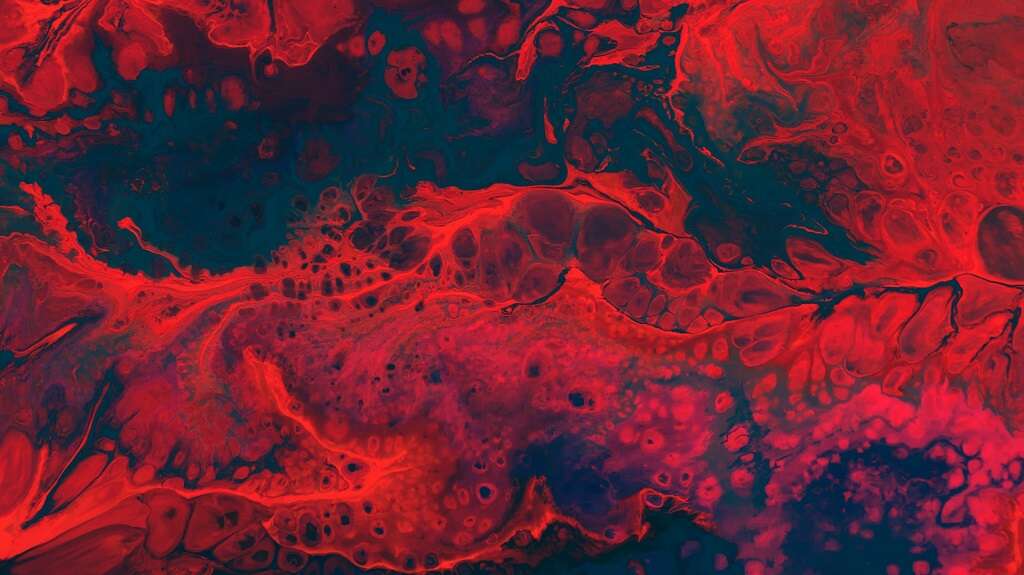
10. Treatment Varies
Treatment plans for anemia vary based on the root cause of the issue. Direct treatment usually includes supplementing the missing nutrients through injections or pills. Usually, a doctor suggests that patients take iron, B12 or folic acid supplements.
If a comorbid disorder is to blame for the anemia, a doctor also treats the other condition. People who receive an anemia diagnosis are monitored by their doctor through routine blood tests until their blood levels are in a normal range.




